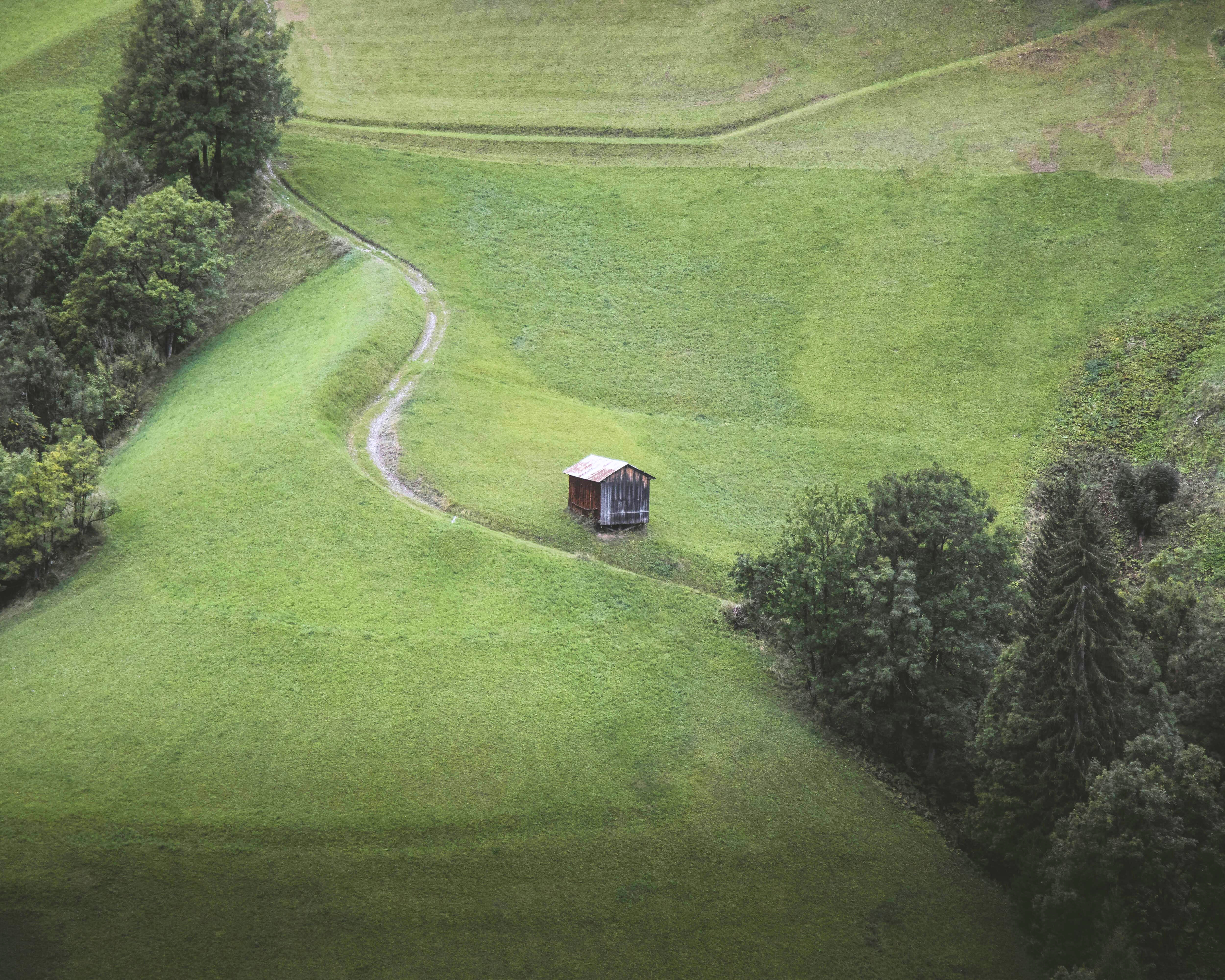Books & Culture
Dictated, But Not Read
D

Open City
By Teju Cole
Random House
272 pages / $25
There are two happening, New York-parties in Open City, and both go down toward the ending. Julius, the novel’s psychiatrist narrator, is unable to enjoy either.
He is lured to the first, held in the twenty-ninth-floor of a Washington Heights condo building — a corner apartment — with the promise of an unfettered nighttime view of the Hudson River, city buildings glinting in the distance. So in the wee hours, when the lingering guests start passing out, and the cigars have been passed, our narrator goes where he’s most comfortable: out on the balcony, away from everyone else. Third glass of Champagne in hand, Julius takes in the view, then turns to survey the well-appointed apartment of his host. Inside, along the balcony windows is a tidy row of “stocky, ancient, and gnarled” bonsai trees. These kinds of carefully tended things occupy and impress Julius the most: “each had within its trunk and roots the genetic secrets that would ensure that it would outlive us all.” When John, the party’s host, arrives with a newly refilled flute of bubbly, he draws Julius’s attention to one particular specimen, a Japanese maple that’s been kept ornamentally small and pruned for the last 145 years. Under other conditions, John says, such a tree can grow 70 to 80 feet. “But this game is not about the size now, is it?” he asks, with a chuckle.
For all the scope of its narrative surface, Open City does not seem overly concerned with size. Eager to not waste any downtime from his strenuous psychiatry fellowship at a teaching hospital, Julius sets out to walk the city. He delves headlong into a cavalcade of personal and private history, wearing a windbreaker of loose-fitting memories. This is essentially the novel’s plot: a man is going to tell you some stories and anecdotes that he’s thought through and tweaked during walks he’s taken in 2006 and 2007. Julius is as hopelessly anachronistic as he is discursive. He is estranged from his mother, and the rest of his family is dead or incommunicado. Uprooted from time and place, the Nigerian-German psychiatrist’s digressive walks become a real-life kind of quest, or mnemonic device–the method of loci–in a New York City swallowed up by live data maps, “check-ins,” syndicated feeds and social networks.
The narrator’s memory is spring-loaded: When you share with Julius a suspicion your duvet has bedbugs, he will first recount for you how the pesky bloodsuckers trashed ancient Greece before moving on to the bleak findings of one Charles A. R. Campbell, who reported in 1903 that bedbugs did just fine after four months in a saucer filled with kerosene, equally alright after a 244-hour deep freeze, and that they reported no grievances in particular after being placed underwater “for an indefinite period of time.” The stories Julius tells you might be shot through with a few notes about lindenwood dendrochronology, artists’ guilds, a side note about Renaissance physicians or a medieval kings. And slowly, Julius’s lectures give up bits and pieces of his own story, dating back to his childhood in Nigeria, where part of his story is still swirling. It’s like the city is a disk drive, and these walks are part of a massive, ongoing defrag.
In the process of documenting the history’s turnover, however, Julius has convinced himself that he has left no stone unturned. The city obliges those with and without memory: While New York is a city for history buffs and there are whole lifetimes of flagstones just waiting for the enthusiast’s pry bar, New York has been paved on the backs of Native Americans, slaves, the thousands of millions of unknowable others at the heart of this book. Once his memory starts drifting, Julius cannot help but note their constant presence: “To be alive, it seemed to me, as I stood there in all kinds of sorrow was to be both original and reflection, and to be dead was to be split off, to be reflection alone.”
Central Park serves as the starting point for many of Julius’s walks around the island and functions as a staging ground of memory; Harlem and lower Manhattan are streaked through with several generations of unrelenting demolition and renovation — automatic rounds of concussive history. The effects of violence are in every city Julius visits. In Brussels, (itself an Open City during the second World War), Julius tries to locate his estranged grandmother and recalls the Belgian woman he has just met on the plane, imagining her briefly, “at fifteen, in September 1944, sitting on a rampart in the Brussels sun, delirious with happiness at the invaders’ retreat.” Good enough, but as soon as Julius realizes that his elderly mentor Junichiro Saito was, at the very same time “in internment, in an arid room in a fenced compound in Idaho, far away from his books,” the dead step in to sharply fork the narrative. Julius imagines his grandparents, “their eyes open if as shut, mercifully seeing nothing of the brutal half century ahead,” and thus his visit to Belgium is capped with a wide-shot send-off, straight out of James Joyce’s “The Dead,” with rain “lashing the land,” and falling on the old battlefields, “the implacable valleys full of young men’s bones grown old.”
Julius is drawn to these statues, plaques, and cenotaphs. He goes over the names, considers the fine print on the plaques he finds forgotten and buried in the pavement at intersections. In New York, historical artifacts are piled up high like nesting bowls of grief, each predating the next. When he walks through the financial district, the narrative’s gravity sinks around the city’s recent history:
Shortly afterward, I was on the West Side Highway. I was the only pedestrian at the crossing. The taillights of cars were chased by their red reflections toward the bridges out of the island, and to the right, there was a pedestrian overpass connecting one building, not to another, but to the ground. And again, the empty space that was, I now saw and admitted, the obvious: the ruins of the World Trade Center. The place had become a metonym of its disaster: I remembered a tourist who once asked me how he could get to 9/11: not to the site of the events of 9/11 but to 9/11 itself, the date petrified into broken stones. I moved closer.
As it happens, Open City is not a post 9/11 novel, though grief suffuses the narrative. Passing some skater boys on a promenade, Julius approaches the Police Memorial near Liberty Street, a set of intersecting, marble walls and a fountain. He moves closer: The memorial was dedicated in 2007 and chronologically lists police department members killed in the line of duty–its first name being James Cahill, a 50-year-old patrolman shot by burglars fleeing the scene of a bakery robbery, in 1854. Julius notes this and “a vast, blank face of polished marble, awaiting those among the living who would die in uniform, and the not yet born, who would be born, grow up to be police officers, and be killed while doing that work.”
What good is it, Julius seems to be asking, when everything is arranged and put away on history’s shelf? His incredibly frustrating focus on history is like seeing the world through bifocals slapped on a set of eyes already fitted with trifocals. He’d rather detail all of his frustrating experiences with black men who consider him kin — an African taxi driver, a fellow museumgoer, a slam poet/post office clerk — than to detail the experience of growing up mixed race in Nigeria, or why his peaceful father decided military school was right for him, and what exactly caused him to become estranged from his mother, propelling Julius to New York. His memory palace makes him careless, too: as the detail-work on the grand sweep of history continues, Julius neglects to realize the consequences of his personal actions. It prevents emotional involvement with any of the living people around him and thwarts his ability to redress, or even see clearly, his long-list of failed personal relationships.
Mr. Cole seems determined not to put together a puzzle as addresses Julius’s personal history. And the novel is hardly crowded with plot, so there’s no outstanding mystery to solve. As a slow read, these things make Open City all the more impressive. The result is that rare novel which says much about its main character’s future as it moves in small increments, making no operatic sweeps at his present, or uneasy past.
Writing about W.G. Sebald, Zadie Smith described The Emigrants as “that ode to digression, structured like a labyrinth of lanes leading away from a historical monument that is itself too painful to be looked at directly.” Open City seems to observe that same, sad complexity, blown up to grid size.
Though they are filled with monuments and flanked by whole countrysides of graves, the novel’s cities are somehow endlessly user-friendly and dilatory. New York’s drugstore ATMs don’t mind if you can’t remember your PIN number, for instance. They just ask you if you’d like to keep trying.
This New York is the kind of place where the idea of missed connections is titillating, and New Yorkers come across as more well rested than restless. During a serene Central Park picnic with friends — the kind where cheese and crackers come in a plastic tub with a peel-off lid and wine is hidden inside brown paper bags to gently subvert the open container law — Julius notes parachutists falling from the sky “in a kind of shuttlecock formation.” It takes them a long time to land on the meadow, and the scene slowly gives way to a kind of attentive apathy. These parachutists are landing not to terrorize, but seemingly for good fun. The parachutists manage to smile in civil disobedience when they are arrested, and the Whole Foods-picnickers half-heartedly rally and boo the cops. Mr. Cole writes best about this kind of congenial dread that traces through Julius’s life. It’s there, but hardly noticed; dictated, but not read. In the next chapter when he is beaten up on the street, Julius doesn’t even try to defend himself. Instead, he hits back in his dreams.
“It’s a difficult thing to live in country that has erased your past,” says one of Julius’s patients early in the novel. She’s a depressed, Native American scholar, haunted by her research on 17th century Dutch colonialism. By the end of the Open City, these words apply to Julius’s Nigerian past and American present in an altogether different way. We aren’t, it seems after all, the stories we tell.
Mr. Cole’s ability to expand Julius’s character without his explicit participation makes this novel unexpectedly colossal. And that second party at the end of the novel? Julius isn’t even invited, he’s simply ushered off the West Side Highway and onto a party boat docked at Pier 66, by a friendly tour organizer who knows he’s not part of the group. “It’s okay,” the tour organizer says, “I can tell you’d love to hop on. Come on! We’ll be back in under an hour.” He doesn’t even have to pay.
Once aboard, Julius chooses a seat on the back deck, again separated from partyers. As the boat clears the Upper Bay and the Statue of Liberty comes into view, Julius launches into a final monologue about the monument’s symbolic value and Frédéric Auguste Bartholdi’s intentions as its sculptor. You may wish the pitiable Julius had taken one of those Circle Line tours that just motors in complete circles around Manhattan. He could just keep on going. The tour organizer at the dock probably would have taken him around another time, too, for free if he wanted.
–Hugh Merwin is finishing his first novel. He used to open clams and oysters for a living.









